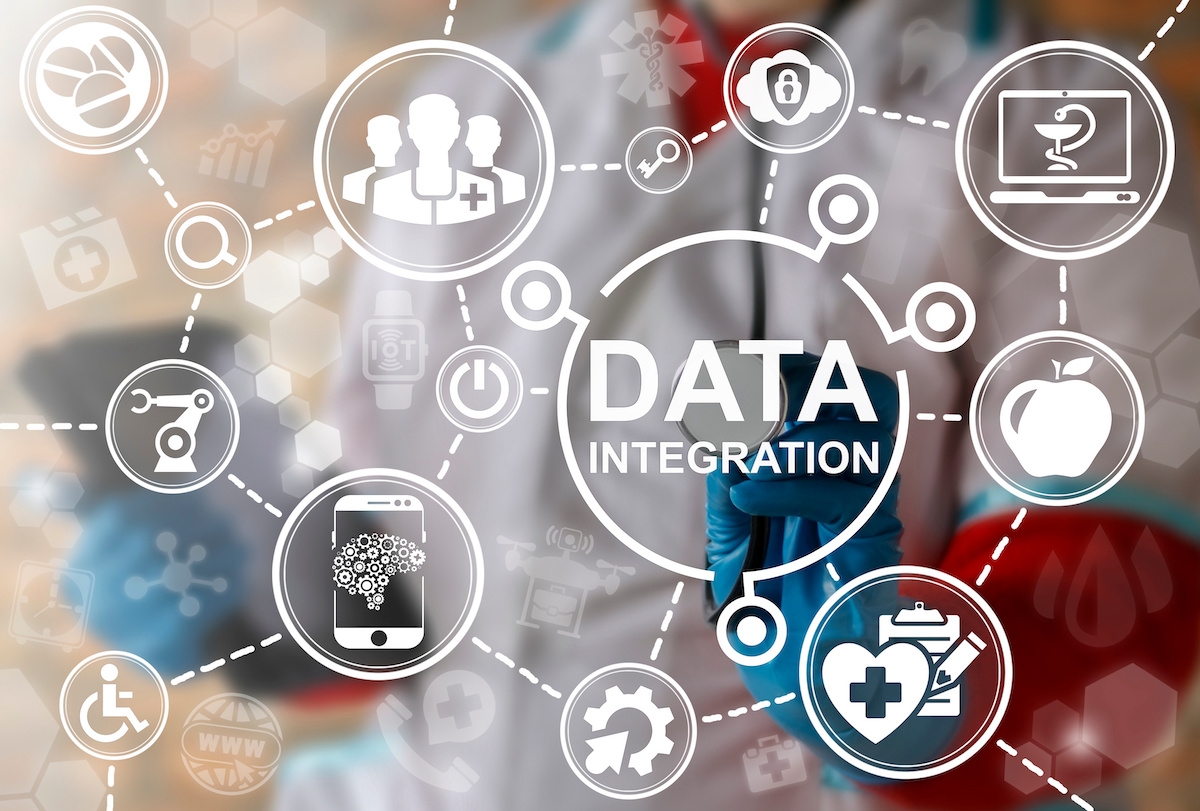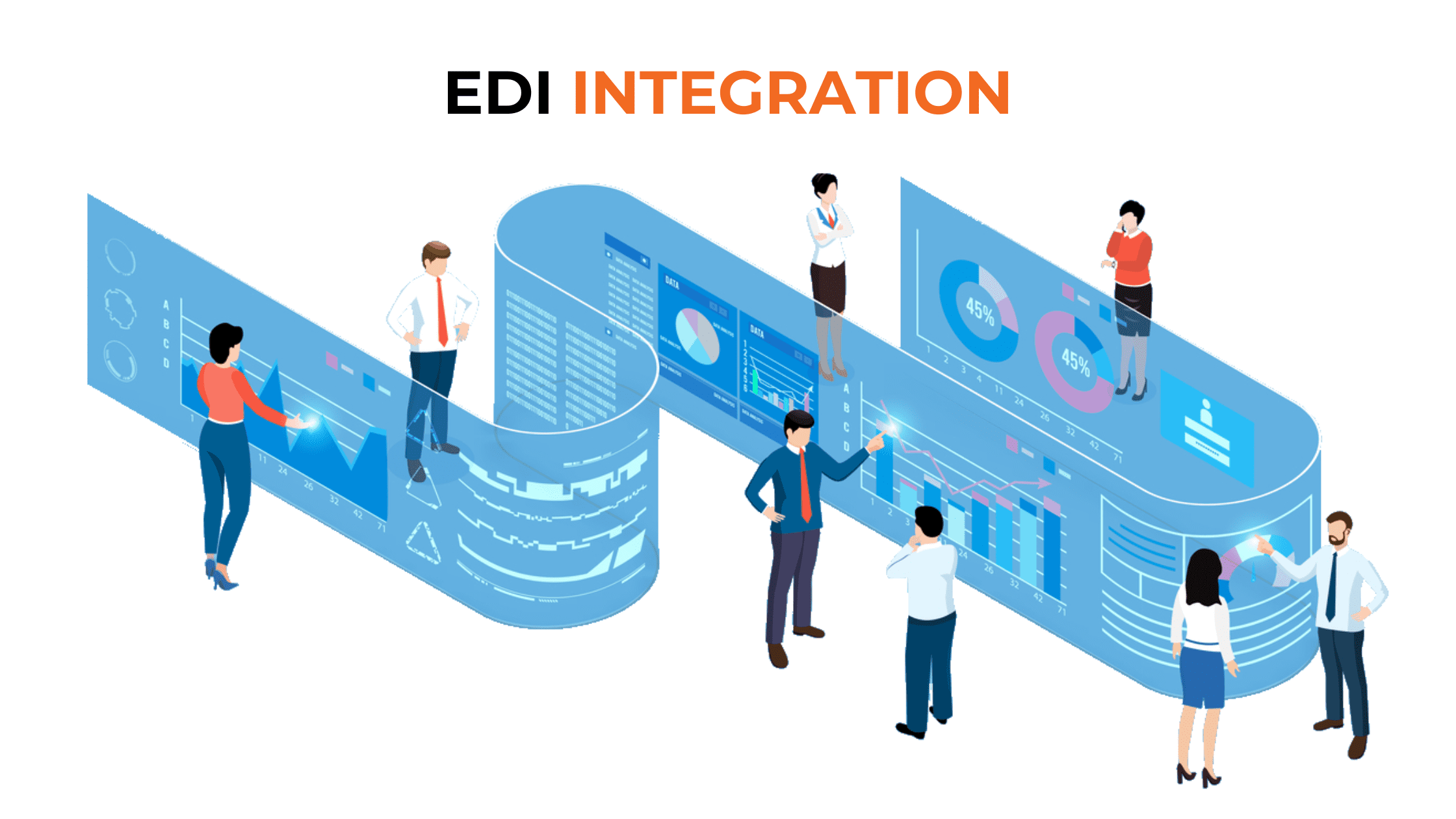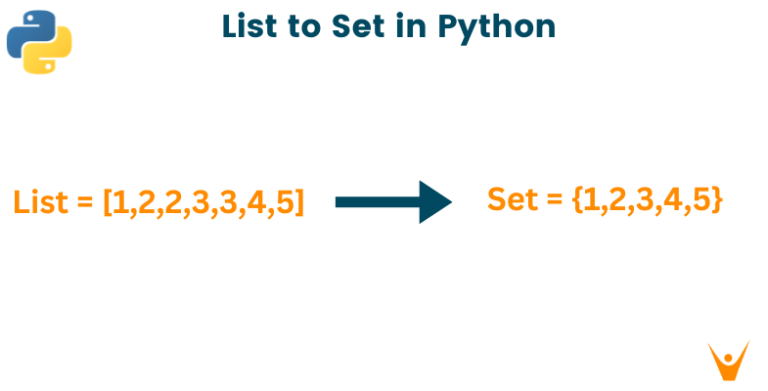Data Integration Unveiled: Benefits, Tools, Challenges, Examples, and Use Cases
Data integration involves merging information from diverse origins into a cohesive and uniform perspective. It enables businesses to access, analyze, and utilize their data more effectively and efficiently. EDI integration is a specific type of data integration that allows the exchange of structured data between different systems and partners using a standard format. In this article, we will unveil the benefits, tools, challenges, examples, and use cases of data integration, with a focus on EDI integration.
Benefits of Data Integration
Data integration can help businesses improve various aspects of their performance, such as:
Efficiency:
Data integration can automate and streamline the data collection, transformation, and delivery processes, reducing the time and effort required to manage data. It can also eliminate data silos and redundancies, improving the data quality and availability.
Accuracy:
Data integration can ensure that the data is accurate, complete, and consistent across different sources and systems, reducing the risk of errors and discrepancies. It can also enable data validation and verification, enhancing the data reliability and trustworthiness.
Collaboration:
Data integration can facilitate data sharing and communication among different departments, teams, and partners, improving the collaboration and coordination. It can also enable data synchronization and standardization, ensuring the data compatibility and interoperability.
Decision-making:
Data integration can provide a comprehensive and holistic view of the data, enabling better data analysis and insights. It can also support data visualization and reporting, improving the data presentation and understanding.
Customer satisfaction:
Data integration can improve the customer experience and satisfaction by providing faster, more accurate, and more personalized data and services. It can also enable data security and privacy, protecting the customer data and reputation.

Tools for Data Integration And EDI Integration
There are many types of data integration tools available in the market, each with its own features, functions, pros, and cons. Some of the main types of data integration tools are:
ETL (Extract, Transform, Load):
ETL tools extract data from various sources, transform the data according to predefined rules and logic, and load the data into a target destination, such as a data warehouse or a data lake. They are suitable for batch data integration, where the data is processed and moved periodically. Furthermore, they are widely used for data analytics and business intelligence purposes. Some examples of ETL tools are Microsoft Azure Data Factory, Informatica, Talend, etc.
ELT (Extract, Load, Transform):
ELT tools extract data from various sources, load the data into a target destination, such as a cloud-based data warehouse or a data lake, and transform the data using the computing power and storage capacity of the destination. They are suitable for real-time or near-real-time data integration, where the data is processed and moved continuously. Moreover, they are widely used for big data and cloud-based data integration purposes. Some examples of ELT tools are Google Cloud Dataflow, Amazon Redshift, Snowflake, etc.
EAI (Enterprise Application Integration):
EAI tools integrate data and functionalities from different applications within an enterprise, such as CRM, ERP, HRM, etc. Besides, EAI tools enable the applications to communicate and exchange data with each other, without changing their internal structure or logic. They are suitable for application-to-application data integration, where the data is processed and moved on-demand. EAI tools are widely used for business process automation and optimization purposes. Some examples of EAI tools are IBM WebSphere, Oracle Fusion Middleware, SAP NetWeaver, etc.
ESB (Enterprise Service Bus):
ESB tools are a type of EAI tools that use a service-oriented architecture (SOA) to integrate data and functionalities from different applications within an enterprise. Furthermore, they provide a common platform and interface for the applications to connect and interact with each other, using standard protocols and formats. They are suitable for service-oriented data integration, where the data is processed and moved as services. ESB tools are widely used for service orchestration and governance purposes. Some examples of ESB tools are MuleSoft, Apache ServiceMix, WSO2, etc.
iPaaS (Integration Platform as a Service):
iPaaS tools are cloud-based platforms that provide data integration capabilities as a service, without requiring any installation or maintenance of software or hardware. They enable users to integrate data from various sources and systems, both on-premise and cloud-based, using a web-based interface and pre-built connectors. Besides, they are suitable for hybrid data integration, where the data is processed and moved across different environments. iPaaS tools are widely used for cloud migration and digital transformation purposes. Some examples of iPaaS tools are Dell Boomi, Jitterbit, Zapier, etc.

EDI integration is a specific type of data integration tool that enables the exchange of structured data between different systems and partners using a standard format, such as EDIFACT, X12, XML, etc. Therefore, EDI integration can help businesses to automate and streamline their transactions, such as orders, invoices, payments, etc., reducing the cost, time, and errors associated with manual and paper-based processes. Furthermore, EDI integration can improve the data accuracy, security, and compliance, enhancing the customer satisfaction and trust. EDI integration is widely used for B2B data integration, where the data is processed and moved between different businesses, such as suppliers, customers, and distributors.
Challenges of Data Integration
Data integration is tough due to several challenges:
- One major issue is data quality, meaning how accurate and relevant the data is. Different sources may have different formats and standards, leading to errors. To tackle this, businesses use techniques like data cleansing and mapping.
- Another challenge is data security, ensuring protection from unauthorized access. Data may vary in sensitivity, requiring different security measures. Encryption and masking techniques are used to secure and monitor data access.
- Data governance is also a hurdle, dealing with policies and roles for data management. Various sources have different owners and users, requiring diverse access standards. Techniques like data catalog and stewardship help manage this.
- Data compatibility is a challenge as data from different sources may have distinct structures. Standardization and transformation techniques are used to harmonize and verify data compatibility.
- Lastly, data complexity arises from large, diverse, and dynamic data requiring more resources to manage. Techniques like partitioning and compression are used to optimize data processing and storage.
Examples of Data Integration And EDI Integration
There are many real-world examples of successful data integration projects and initiatives, such as:
Amazon:
Amazon, a massive global e-commerce company, provides a wide array of products and services to millions of customers. To enhance customer experience, Amazon employs data integration, combining information from its online platforms, inventory systems, payment gateways, shipping providers, and customer feedback. Additionally, Amazon utilizes data integration for its cloud computing, artificial intelligence, and smart devices, delivering innovative solutions. The company also employs EDI integration to automate and streamline transactions with suppliers, customers, and partners, including orders, invoices, and payments.

Netflix:
Netflix stands out as one of the biggest and most influential online streaming services globally, entertaining millions of subscribers with a diverse range of movies and shows. The platform leverages data integration to blend information from its online platforms, content providers, and user profiles, tailoring a unique and captivating experience for each user. Additionally, data integration plays a crucial role in incorporating insights from Netflix’s data analytics, machine learning, and recommendation systems, ensuring users receive personalized content and suggestions. Furthermore, Netflix employs EDI integration to automate and enhance the efficiency of data exchange with content providers, distributors, and advertisers, streamlining processes related to content acquisition, distribution, and monetization.

Spotify:
Spotify, a leading online music streaming service globally, provides millions of listeners with a vast array of songs and podcasts. The platform utilizes data integration to merge information from online platforms, music providers, user profiles, and behavior, creating a personalized user experience. Additionally, Spotify employs data integration across analytics, machine learning, and recommendation systems to deliver tailored music and podcasts. The use of EDI integration enables automated and improved processes for music acquisition, distribution, and monetization by exchanging data with providers, distributors, and advertisers.

Use Cases of Data Integration
Data integration has various uses:
- Data migration, which involves moving data from one system to another for upgrading or consolidating. This often requires combining data from different sources. For instance, it can help businesses move from old systems to modern ones or from on-site to cloud-based systems.
- Another use is data warehousing, where a central data repository is created for analysis and reporting. Businesses use data warehousing to ensure data quality, security, governance, and compatibility. This helps in creating a single source of truth for accurate and consistent data.
- Data analytics, the application of statistical methods to discover patterns, is also a common use case. It involves integrating data from different sources for better decision-making, customer satisfaction, and innovation.
- Data visualization, the presentation of data graphically, is another use. It involves integrating data from various sources to enhance understanding and engagement. This is useful for clear and concise presentation of insights.
- Data synchronization ensures consistency and up-to-date information across different sources. It helps in achieving data efficiency, accuracy, collaboration, and compatibility. For instance, it ensures data is always available and accessible, minimizing errors and facilitating sharing.
- Data integration can utilize EDI integration for standardized data exchange. This is particularly useful for automating transactions like orders and payments, reducing costs and errors. It also ensures data security, compliance, and improves customer satisfaction.
Conclusion
Data integration involves merging information from diverse origins into a cohesive and uniform perspective. This practice empowers businesses to efficiently access, analyze, and make effective use of their data. EDI integration is a specific type of data integration that allows the exchange of structured data between different systems and partners using a standard format. We hope that this article has helped you to understand the importance and potential of data integration, and how it can help you to achieve your business goals and objectives.
If you want to learn more about data integration, or if you need any help with your data integration projects, please feel free to contact us. We are OnextDigital, a team of data integration experts, and we are ready to assist you with any data integration needs. We offer a range of data integration solutions, such as web development, mobile app development, UX/UI design, and white label software service. Therefore, we can help you to create and maintain a data integration platform that suits your specific requirements and preferences.




